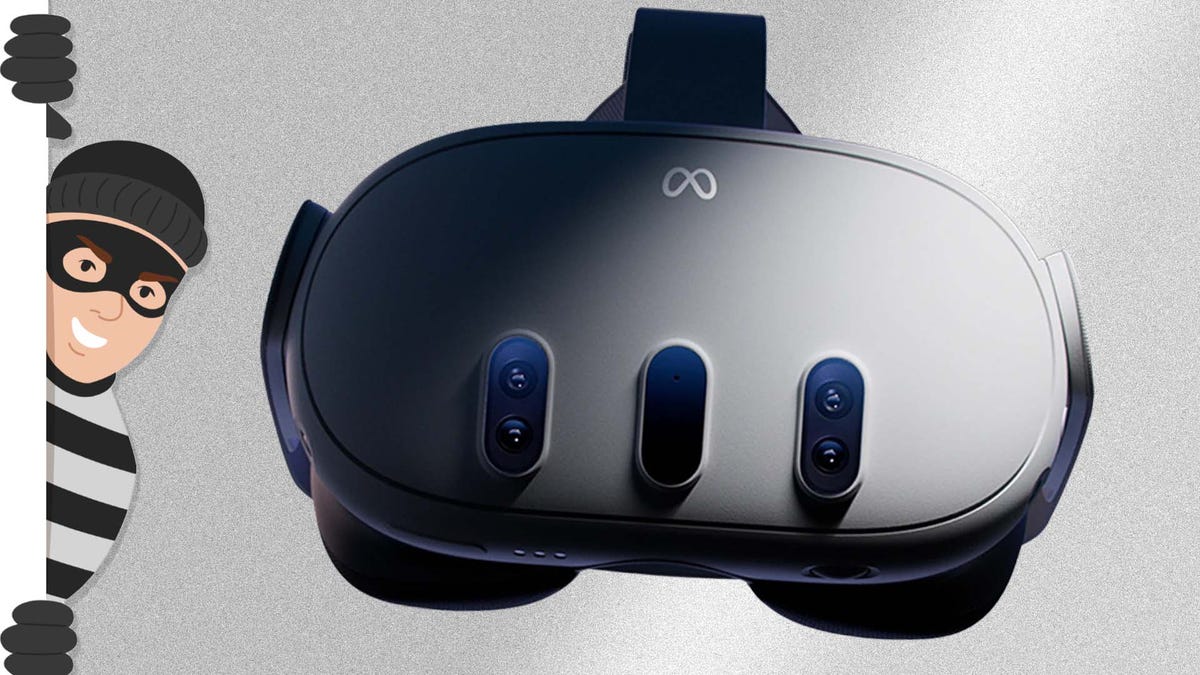The countdown to the release of cutting-edge PC handhelds has begun, with OneXPlayer opening the presale portal for their OneXFly F1 Pro. This highly anticipated device touts itself as the world’s first AMD Ryzen AI 300-based handheld gaming PC, and you can snag one through their official store until the end of November.
The OneXFly F1 Pro seems ready to duke it out with the likes of the Asus ROG Ally X, showcasing models that include the Ryzen AI 9 HX 370 and the Ryzen AI 9 365. The latter even manages to outpace previous generations, matching them in power efficiency—a detail we’ll delve into shortly.
Prospective buyers should note that the presale features six different configurations, but they boil down to two main types: those with the Ryzen AI 9 365 and the ones with the Ryzen AI 9 HX 370. The more affordable Ryzen AI 9 365 version comes in two storage options (1 TB or 2 TB) starting at $1,099. Meanwhile, the Ryzen AI 9 HX 370 offers more variety with storage ranging from 1 TB to 4 TB and RAM options of 32 GB or 64 GB, with prices kicking off at $1,339.
Let’s dive into the specs a bit more. The Ryzen AI 9 365 model boasts 10 Zen 5 cores and 20 threads, while the HX 370 bumps it up to 12 cores and 24 threads. Both models are equipped with a 7-inch 1080p display that operates at 144 Hz and reaches 800 nits of brightness, making it suitable for rich HDR experiences. The GPUs differ slightly: the AI 9 365 uses Radeon 880M graphics with 12 RDNA 3.5 compute units, compared to the AI 9 HX 370’s 16 compute units with Radeon 890M graphics. Both configurations offer robust storage options and have similar I/O interfaces, which include USB4 and USB3 ports, an audio jack, and a MicroSD slot.
A distinctive feature of the OneXFly F1 Pro is this high-performance display, set against the competition like the Steam Deck OLED, which although brighter at 1000 nits, runs a lower 1280 x 800 resolution and only 90 Hz refresh rate. The OneXPlayer’s choice to go for higher resolution and refresh rate is strategic—especially beneficial with the enhanced FSR support on Windows and Linux bringing out crisper visuals in demanding games.
Benchmarking data is largely from OneXPlayer at this point, but the early results align with the specifications: the Ryzen AI 9 365, for instance, not only holds its ground power-wise but substantially surpasses the last-gen Radeon 780M’s output thanks to its RDNA 3.5 architecture.
In terms of benchmarks, the Ryzen AI 9 365 model of the OneXFly F1 Pro shows significant improvements over competitors like the Asus ROG Ally X. It’s delivering higher FPS in titles like Cyberpunk 2077 and Black Myth: Wukong across varying watt settings, demonstrating its prowess.
As compelling as the OneXFly F1 Pro appears, especially given its display and processing capabilities, there’s room for improvement with peripheral connectivity, such as OCuLink or similar eGPU support for those looking to game using a docked external GPU—a limitation to note if you’re considering boosting performance for more than handheld gaming.
So, is the OneXFly F1 Pro a worthwhile investment? With an initial price tag starting at $1,099 vis-à-vis competitors like the Asus ROG Ally X, which starts at $799, the choice boils down to what you value in a gaming device. If you’re seeking peak handheld PC performance and can stretch your budget, securing a OneXFly F1 Pro during the presale might be a smart move. Otherwise, it might be prudent to await further reviews or see what other devices emerge.
Keep in mind, once presales close, prices will increase, so weigh your options carefully!










![[FREE Giveaway] Win ELDRADOR CREATURES Shadowfall for Nintendo Switch or PS5 (North America) [FREE Giveaway] Win ELDRADOR CREATURES Shadowfall for Nintendo Switch or PS5 (North America)](https://www.gamera.co.uk/wp-content/uploads/2025/04/FREE-Giveaway-Win-ELDRADOR-CREATURES-Shadowfall-for-Nintendo-Switch-or.avif.avif)




































